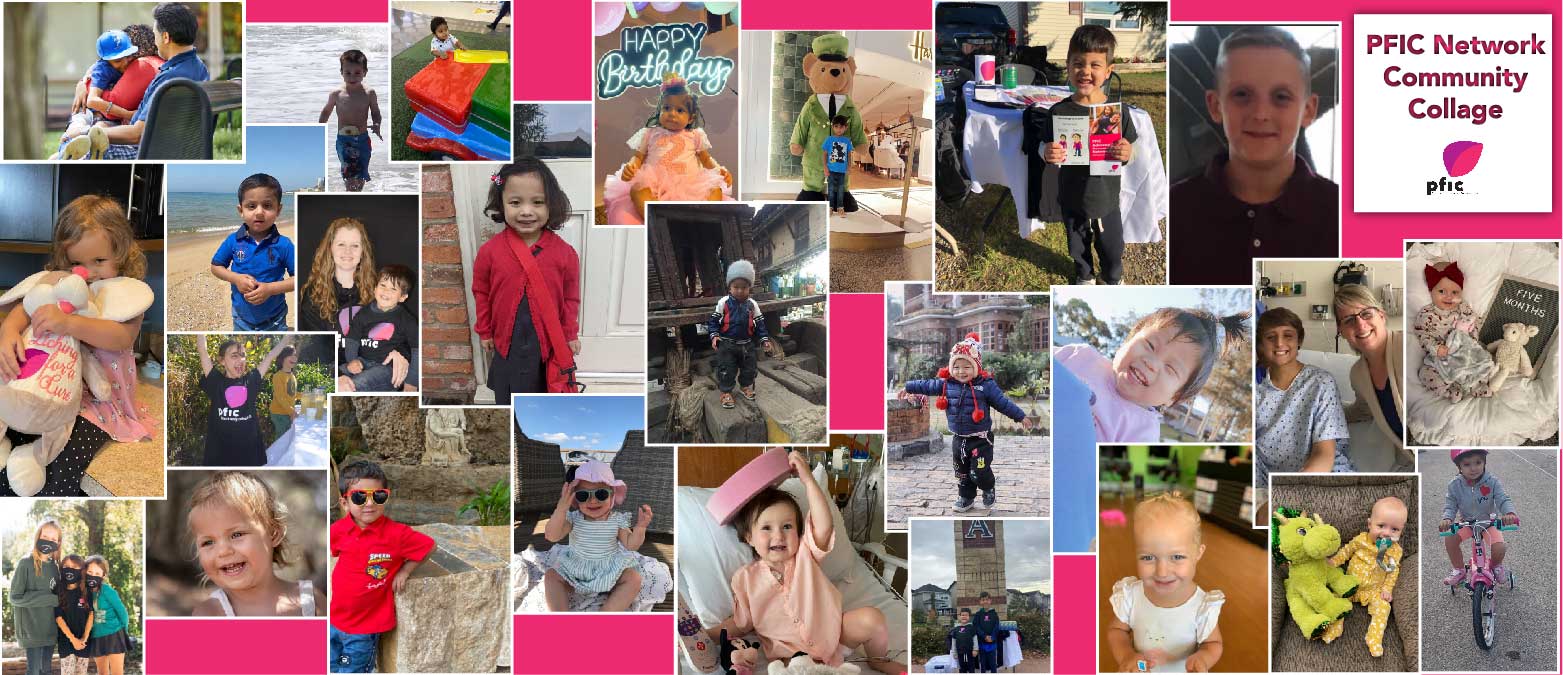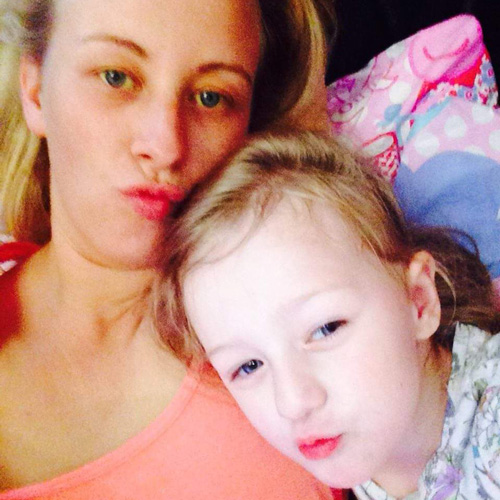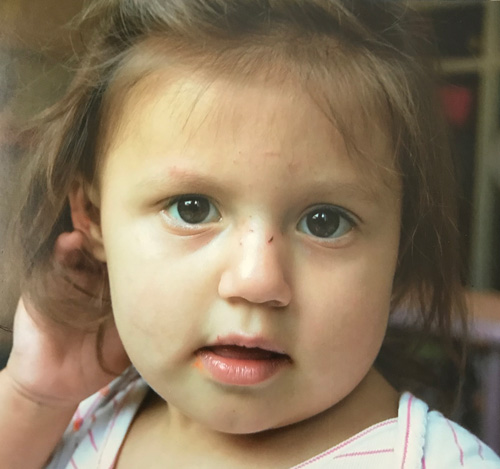Cholestatic Pruritus: What is it?
Cholestatic pruritus (itching) is one of the main symptoms of cholestasis in many PFIC patients. The level of itching is often out of proportion to the level of jaundice (yellow eyes or skin), which is often low-grade and can wax and wane.
There is a cycle of pruritus – there is a sense of itching, one scratches an area which often yields relief followed by intensification of the itching in that area leading to a focus of scratching in a few specific areas. Breaking the cycle behaviorally, which is difficult, may be a key approach. The itching may be very disabling and often does not respond consistently to medications.
Pruritus may be hard to identify in young babies because they have difficulty scratching. Instead, they may be irritable and sleep poorly. Scratching often starts as digging at the ears and eyes, which are the first areas to show bleeding and scarring.
The scratching interferes with normal activities and sleep and may therefore hinder learning and schoolwork. Because it interferes with a child’s sleep, it may also adversely impact sleep in the family, which can have profound effects on an entire family.
Pruritus Management Resources
The itch can be one of the most challenging PFIC symptoms to manage. While there are both medical and surgical options to address pruritus, there is no standard treatment that works for all patients. We’ve put together some resources to help PFIC patients and families cope with chronic itch.
This 5 part webinar series covers a variety of topics including the role of stress in itching, evidence-based interventions for chronic itch and tips for managing stress and itching. It is hosted by Caitlin Shneider, a Clinical Psychology Doctoral student at Georgia State University who studies child pain.
These tips and tricks were put together by PFIC patients and families for their peers. These are the result of years of trial and error, internet research, hospital provided resources and parent provided resources.
The Impact of Itchiness
Read on below for stories from PFIC patients and families affected by the itch:





